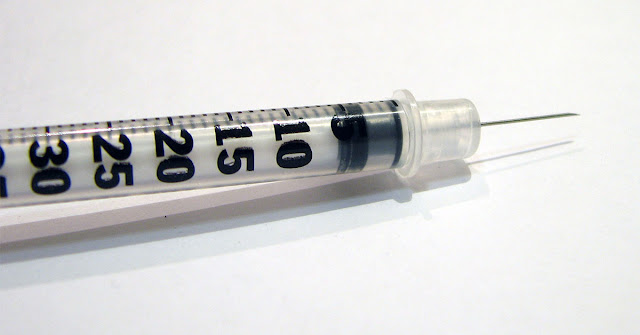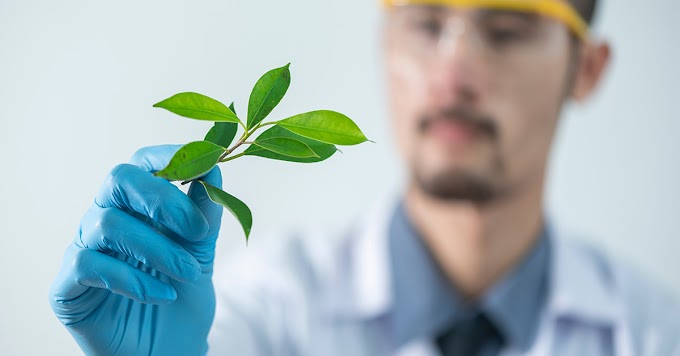People with diabetes were first treated with insulin in
1922. Until the 1980's, all commercially available insulin was produced from
the pancreases of cattle and pigs. In the early days of insulin treatment, the
concentration of insulin was very low. As much as 5 ml of the weak insulin
solution was necessary for an injection. Only short acting insulin was
available. Another problem with the early insulin was that it contained
impurities that often led to inflammation at the injection site. The lack of
good preservatives increased the risk of infections.
Over the years, insulin preparations have been developed
that improve the quality of life for people with diabetes.
 |
| History of Insulin Preparations |
- Insulin without impurities.
- Longer-acting insulin.
- Pre-mixed insulin.
- Human insulin.
- Rapid-acting insulin analogues.
Insulin without impurities.
Over the years, special techniques to remove the impurities
from insulin were developed. Today, insulin preparations are very pure. They
also contain preservatives that will protect against infection from the insulin
injection.
Longer-acting insulin.
For some years, only insulin preparations with a short
duration of action were available. In the 1940's, a longer-acting insulin was
developed by adding a substance called protamin to the insulin preparation.
This type of insulin is called NPH-insulin (Neutral Protamin Hagedorn) or
isophane insulin. This insulin is still widely used. The Lente insulins were
introduced in the 1950's. The action of the Lente insulins is prolonged by
adding zinc to the preparations.
Pre-mixed insulin.
During the first 10 years after the discovery of
longer-acting insulins, people with diabetes had to take shots of longer-acting
insulin and short-acting insulin in separate syringes. In the 1940's it became
possible to give both insulin preparations in a single injection. A dose of NPH
and a dose of short-acting insulin could be drawn up into the same syringe with
minimal effect on the action of the other insulin.
It took even more time to develop a stable mixture of the
two insulin types that could be distributed ready for use in a single bottle or
cartridge of insulin. The first pre-mixed insulin preparation was introduced in
1961.
Human insulin.
Until the 1980's, all insulin used by people with diabetes
was extracted from the pancreases of cattle or pigs. Insulin from these animals
works like your body's own insulin, but the composition is somewhat different
from human insulin. Insulins derived from animals are still in use, but more
and more people with diabetes take insulin that is made by biotechnology. This
form of insulin does not come from human beings, but its composition is exactly
like human insulin. It is manufactured by use of recombinant DNA technology. In
this process, micro-organisms, such as ordinary brewer's yeast, have been
genetically programmed to make insulin that is like your body's own.
Rapid-acting insulin analogues.
Even the fastest-acting natural insulins do not start to
work as rapidly after being injected under the skin as the body's own insulin
does after it is secreted by the pancreas. Using techniques invented by Novo
Nordisk, scientists have been able to make small changes to the insulin
molecule. These changes do not affect the way that it works, but that allow it to
start working very soon after it is injected. Rapid-acting insulin analogues
are made by biotechnology, like another human insulin.
SEE ALSO:
Jump to >> What is insulin and how does it work?
Jump to >> Naspal can help you get rid of insulin






0 Comments